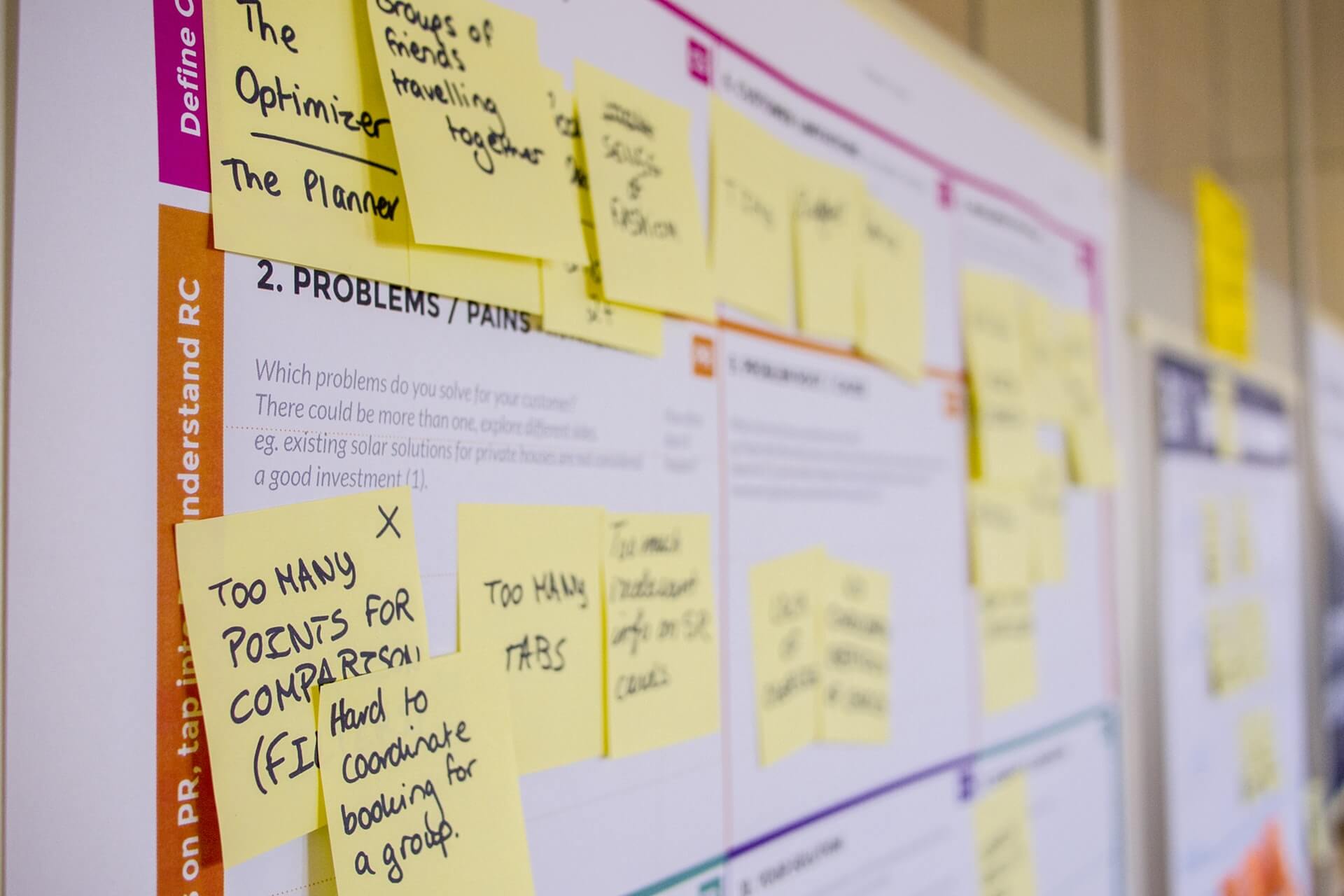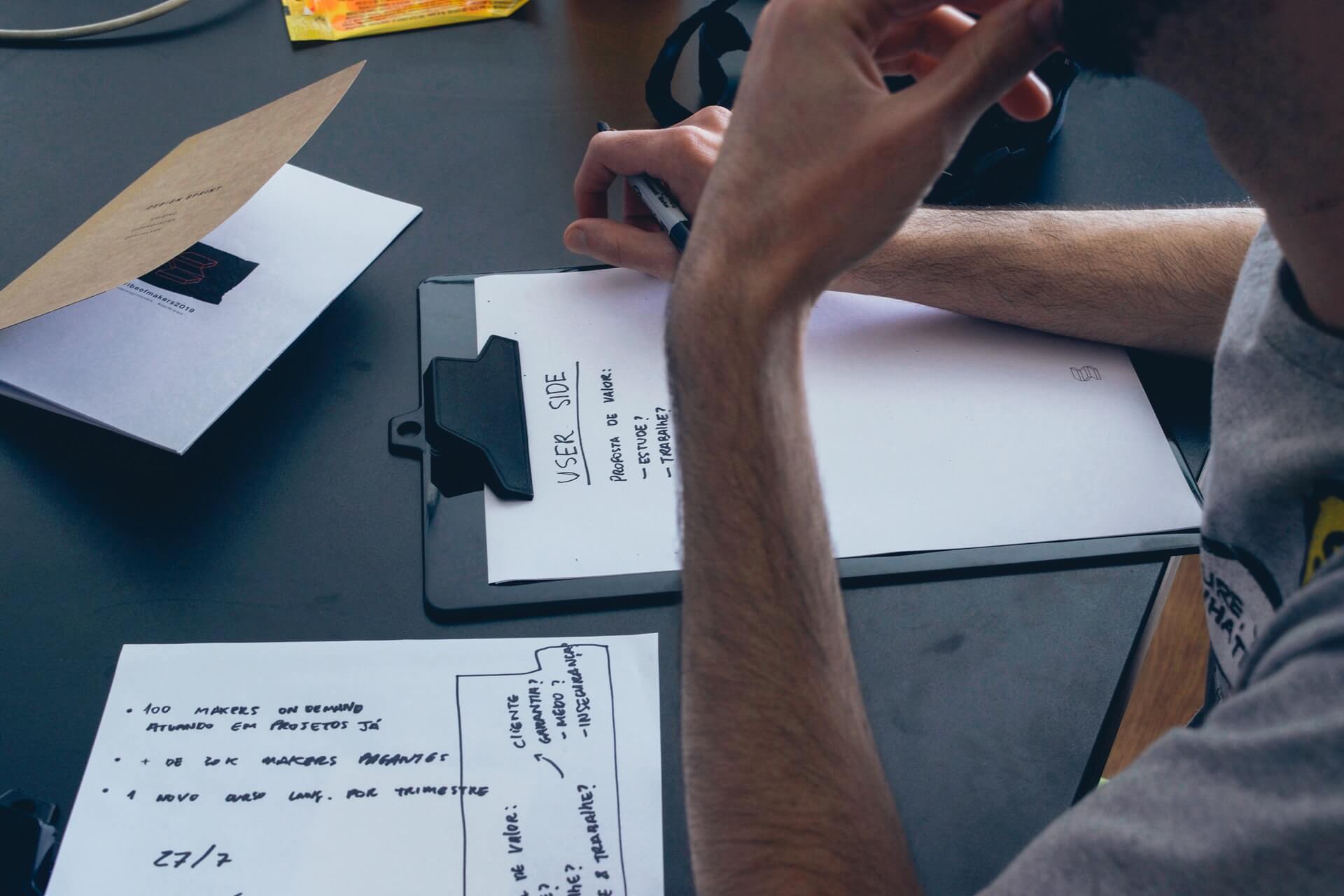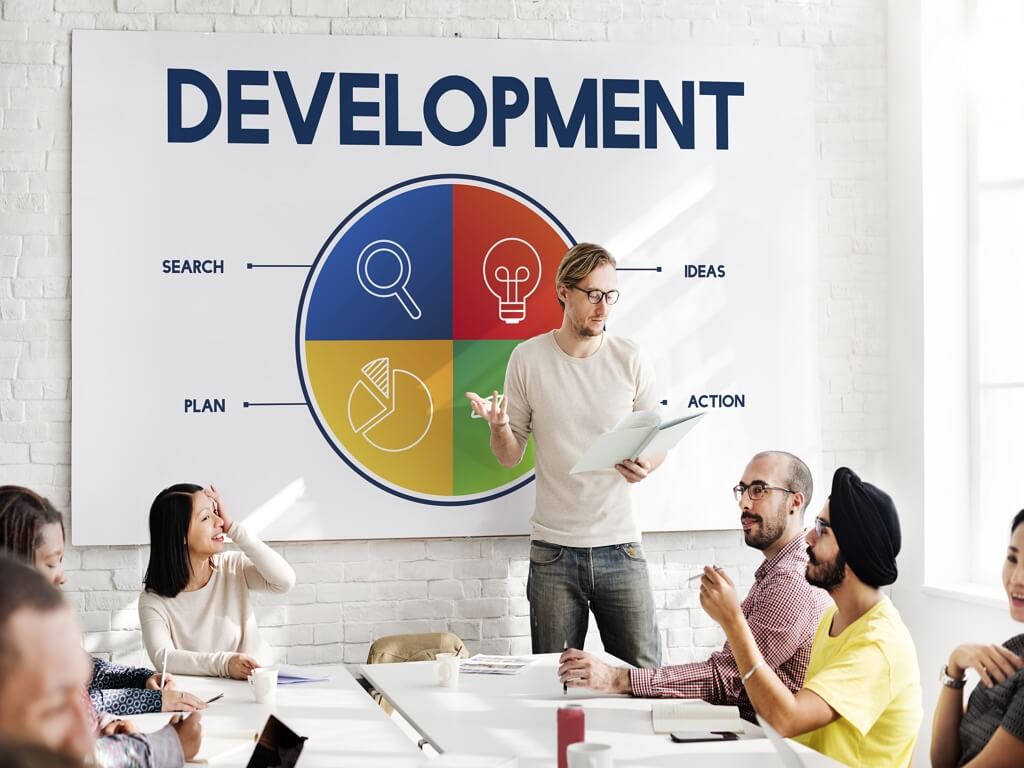Aspiring entrepreneurs usually think of effective ways and methodologies that will achieve success for their entrepreneurial projects with the least time and effort and without risks. Hence the importance of the Lean Startup methodology, which was developed by Eric Ries from his experiences as a founder and consultant for startups.
Reese promoted the lean entrepreneurship methodology in his 2011 best-selling book, “Agile Entrepreneurship: How Today’s Entrepreneurs Are Using Continuous Innovation to Create Radically Successful Businesses,” in which he discusses how to build on an agile entrepreneurship strategy to launch a successful entrepreneurship in the shortest time . time and as little money as possible. But what is agile leadership? What are its advantages and disadvantages? How can it be used to launch a successful entrepreneurial project?
So... what is agile entrepreneurship?
Many may think that the literal meaning of the concept of lean entrepreneurship is meager or weak, or one that is built on weak financing foundations or a weak product. But this is not true at all, rather constant activity and dynamism are the approach of agile leadership. In fact, the lean entrepreneurship methodology has proven to be the shortest and fastest way to ensure the success of an emerging entrepreneurial project.
Agile leadership is an effective methodology for achieving the success of emerging projects in the shortest time and least effort and costs, as it relies on skill and speed in understanding market requirements, and presenting parts of the project until it is subject to real experience by customers, with a focus on priorities and continuity of examination, evaluation, and improvement of the product, so that the project can be launched successfully in record time.
Agile leadership depends on activity and continuous interaction in the implementation of the various stages of the project. This is continuous feedback, testing the resulting prototypes, and correcting or staying on course. With this mechanism, the product reaches the market to measure its success through experimentation and learning without wasting or spending resources on unnecessary parts or not guaranteed success. This is then followed by correction or modification at each stage of construction, to improve the product. This is why graceful leadership is called by this name.

What are the basic rules for the concept of agile entrepreneurship?
According to Eric Ries, there are four basic rules of the concept of agile entrepreneurship:
- Administrative Entrepreneurship: The nature of entrepreneurial thought is that it starts by trying to create a new product without knowing what will happen, but when following the rules of agile entrepreneurship, it is necessary to know how to launch its project through the various stages of building the project, starting from the concept of the Minimum Viable Product (MVP) until starting operation and commercial financing.
- Check and Learn: An agile entrepreneur avoids mistakes early on by checking his project’s progress. Thus, it is possible to identify the risks that the project may face in its course and make quick changes to launch a successful project next time, by learning something from experiences and results, then adding and applying it to the project, with continuous verification.
- Innovation: One of the basics of agile leadership, which means measuring growth and setting milestones and priorities.
- Iteration and feedback: After converting ideas into products or services, and obtaining metrics by collecting feedback from the market and customers, a pivot decision is made to correct the course of the product, or a stability axis if the initial product (MVP) has positive feedback. Where the path of its production is maintained.
Stages of building an entrepreneurial project using agile entrepreneurship:

The idea
Choosing an idea is the first stage in building any entrepreneurial project, so the entrepreneur who will use agile entrepreneurship must carefully define his entrepreneurial idea before starting to design the product for his project, by studying the market situation and the extent of his need for this idea or product.
Define visions
The entrepreneurial spirit is one of the most important characteristics of a successful entrepreneur, regardless of the stability or lack thereof in the environment surrounding him. Therefore, the entrepreneur must be able to direct the product from the idea stage to the production stage, even if he is in a state of uncertainty or lack of clarity in the project.
The stage of defining visions in agile entrepreneurship is the stage in which the vision and strategy in which the project will be implemented as a result of this vision grow. The strategy includes many elements, including studying the market and evaluating the competition, and then comes building, measuring, and learning after developing the visions. The strategy may change, but the visions remain the same.
learning
At this stage, the product is transferred from the theoretical state to the applied state. Through the lean entrepreneurship methodology, the entrepreneur can know the details of his business plan and which parts of it are useful and which are not. The learning phase means that the entrepreneur has to face the facts about the prospects of his organization or start-up and objectively evaluate the results of his business strategy.
If the idea was initially tinged with uncertainty, the goal at this stage should be to find demonstrable practical facts about the project to reduce the amount of doubt and uncertainty, and based on these facts move forward in the future.
Experience
There is no doubt that experience is the basis of learning, and experience in this context is more than just brainstorming ideas to see what works. Experimentation involves testing theories in the real world so that different elements of an emerging business plan can be tested with real customers in the market to see if they can handle the product or service at hand.
Experiences provide real information that the entrepreneur can use to make concrete business decisions. Experience gives a good indication of how the market works and what it takes. But on the other hand, because of the experiments and their results, the entrepreneur can completely change the business model based on the new data he has obtained. So the entrepreneur in the pilot phase must be ready for both things, whether to move forward or change and must also be ready to incorporate all the new results into the way he operates.

Faith in the emerging project
After achieving the stage of experimentation and knowing the extent of the realism of the product, the faith of the project owner who relies on graceful leadership in his idea increases, and sticks to it more. There are two main issues in front of him in the product design step: The possibility of building and designing the product in the first place, and the market need for this product. For the venture to succeed, the answer to these issues must be crystal clear to the entrepreneur.
Idea test
Now, after choosing the idea, what will you offer your customers? Under the Agile Entrepreneurship methodology, the entrepreneur will need to release a minimum viable product (MVP) to customers so that they can measure their reactions to it. It will also need a limited number of people as a test model, so if the product is not successful, there is no need to waste resources to proceed to full production. And by meeting the requirements of this small part of the market, he will get an idea of what the larger market is asking for, and with this approach, agile leadership qualifies him to launch his project successfully.
Measure results
The entrepreneur at this stage will need effective ways of analyzing the data collected by product testing. How you measure and what you measure varies according to the type of project, so if the metrics indicate a negative response from the market, the goal is to find out what customers want.
Axis of change or stability
What happens if the measurements are negative? What if the test indicates that no one wants to buy the product? Depending on the answer to these questions, the entrepreneur in this stage of agile entrepreneurship will have to adapt the visions to meet the needs of the market and formulate a new approach and a new strategy.
Work with small batches
For small startups, speed of production is a very important factor, however, producing in small quantities is a more efficient way than producing in large quantities. This may seem completely absurd, but it is absolutely true. Simply because the larger the payment, the higher the risk and the more difficult it is to implement the revisions. On the other hand, smaller batches allow the project build, test, and benchmark process to be completed more quickly. So production is faster and problem-solving is faster, and this is exactly the concept of agile entrepreneurship methodology.

Maintaining growth
Agile leadership provides three ways to achieve sustainable growth:
- Continuous return from satisfied customers, and here it is necessary not to be satisfied with satisfied customers, but to strive to acquire new customers
- Word-of-mouth marketing from customers who use the product, this growth is considered viral growth The main measurement in which is the number of new customers that each user of your product attracts.
- Using advertising, this kind of growth depends on answering an important question, which is, does the benefit to you outweigh the cost of the promotional effort or not?
Adapting to new conditions
In the startup world, an entrepreneur will face a fog of uncertainty as they experiment and learn. So he desperately needs recognition of the need for change, and really needs a way to implement that change quickly. This is about flexibility and a willingness to let go and change, not just a willingness to make a fundamental change, but the ability to do so quickly. Adapting to changing conditions is a key factor in agile leadership.
innovation culture
The importance of innovation is not limited to start-up companies only, but it is beneficial for large, established companies as well. It is possible to create a culture of innovation in any organization, regardless of size. Nurturing and encouraging entrepreneurial thought in management can help create a culture of innovation in the organization. For this culture to be sustainable, the lean entrepreneurial business plan methodology must be adopted as a long-term rule and not abandoned after short-term successes.
What are the advantages and disadvantages of the agile entrepreneurship methodology?

The positive side of agile entrepreneurship is that the emerging entrepreneurial idea will mature as a company in record time. Specifically, working on an agile methodology requires structured management with a team that is open to learning new things and adapting to market demands. In addition, there is no waste of money and resources on unnecessary ideas, because, by the nature of this methodology, the project owner will discover the unnecessary things firsthand and drop them from the project path. Agile leadership is flexible and can adapt easily according to changes in circumstances and customers.
But it should be said that the defect in agile leadership is changing the product too much, which may lead to losing customer confidence if there are many changes because they believe that there is something wrong with that. The project owner must be vigilant the first time from customer feedback to benefit from the advantages of lean leadership, otherwise, he will spend a lot of money on repeated improvement that may lead to the customer abandoning the product and employee burnout.
Building an entrepreneurial project using agile entrepreneurship goes through 12 stages, starting with defining the idea and visions of the project. The stages of building agile entrepreneurship are characterized by two basic stages: learning and experience, both of which give you real and realistic information about your project, through which you can make appropriate decisions regarding the path of the project or product, and make you more confident in your entrepreneurial idea.
Conclusion
One of the important stages is to display a minimum of your applicable product in the real market, measure the reactions of real customers, extract their feedback, and measure the results. On these results, the stage of change or stability depends on the product. When you track the stages, your project will maintain its growth, adapting to any new conditions, and giving you the possibility of innovation and development. But beware of frequent changes in the course of your project, because it may lose the confidence of your customers in you, so be keen to learn and experiment quickly and do not delay.


